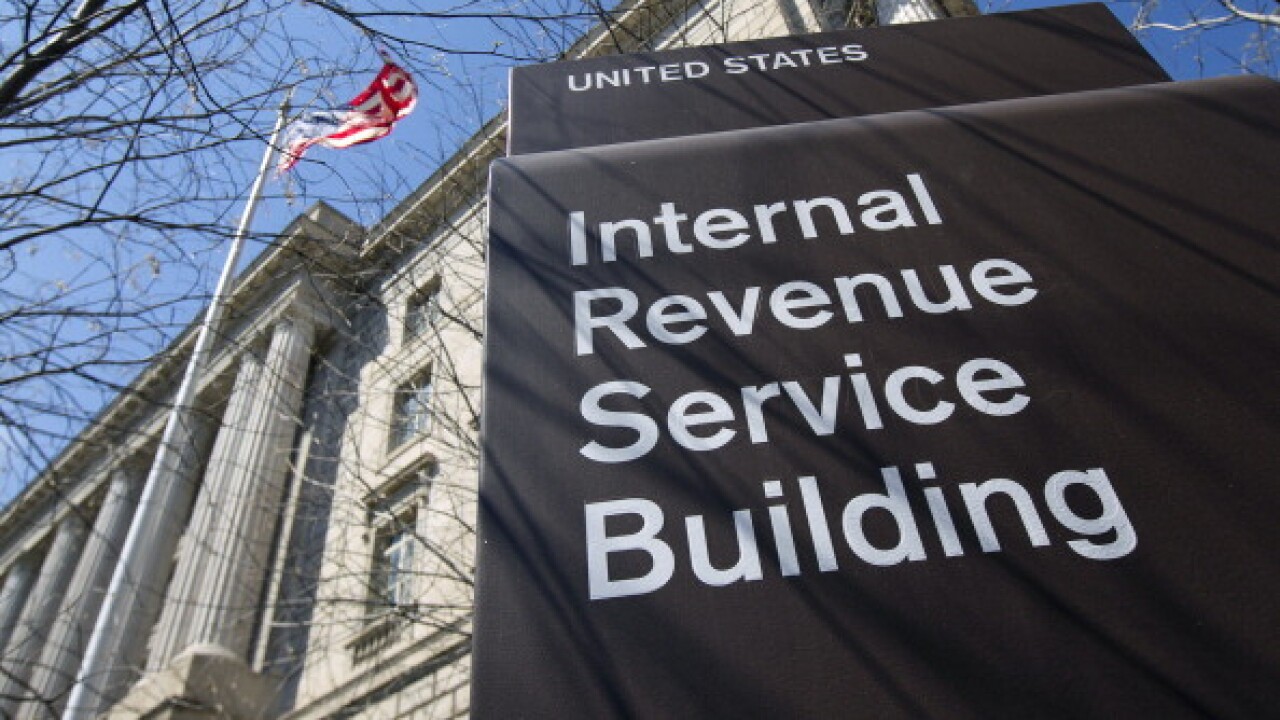With private equity knocking on accounting firms' doors, firms are in no short supply of suitors.
Firms making private equity deals — either for the first time or as they look for a new sponsor as their investments nears its close — have much to consider. Firms need to ensure that their unique goals are met when making a deal, whether that is locking in a large multiple for the retiring partner, making sure existing clients are well served or guaranteeing employees are taken care of.
In broad strokes, experts say firms should compare the cultural compatibility of their firm with their tentative PE partner.
"How are you going to treat my people moving forward? People are your assets, so there has to be a really strong cultural fit, and it's a quick view for what integration into that strategic might look like," said Tim Brackney, CEO of Springline Advisory, a Top 100 Firm with $89 million in revenue and 365 employees. Springline is a

But looking at specifics, firms need to be doing as much due diligence on their PE partner as PE is doing on them.
"It's a relationship that's going to cover the next path of your journey," Brackney said.
He added that the market is competitive enough to ask those kinds of questions very directly: "It's like, we're going to be in the canoe together for the next five to seven years — what's that like?"
That can mean researching what the PE firm's exits look like, talking to CEOs who have exited with them in the past and identifying who would sit on the accounting firm's board of directors. It also means taking a close look at the terms of the deal.
(Read more:
Bob Lewis, president of consulting firm The Visionary Group, says to eye things like management fees. "If you get a 5% management fee on revenue, why? Because that just comes out of your distribution center, which means if you hire the partners, the distributions are shrunk from the management fees," Lewis said.
"Preferred dividends mean the private equity company gets paid their dividend on their investment before anything gets distributed," he continued. "So if there's not enough money left over for distribution, you and I get nothing because it went to the preferred dividend."
He also highlighted earn out targets: "If I really want to get you, I draw you in with a pretty attractive offer, but I put an earn out target in there that I know you're not going to hit," Lewis said, noting that most PE firms won't do that because it causes problems down the road. "But if you're getting a really high offer, you have to kind of wonder why. What am I getting the high offer from, and is there something loaded in the back like a management fee, preferred dividend, an earnout target you're not going to hit, really excessive working capital, which you need to contribute to the deal?"
(Read more:
"Everyone gets hung up on the multiple, but they're missing the point that the multiple is just a factor in the equations," Lewis said. "It's the adjusted EBITDA, and how I get to the adjusted EBITDA is probably more important than anything."
Ultimately, it comes down to vision alignment.
"Hopefully, what they did in the beginning was pick a partner that was aligned with what an exit would look like for them," Brackney said, while noting that not all firms have done that.
"If you picked a partner to create a firm, and not create something to flip to another strategic, then what you're doing at the turn is saying, 'We poured the foundation, we built the first floor. Now we have architectural drawings for the next 15 years, and what we're looking for is a financial sponsor who's going to fund the next piece of that journey," Brackney said. "You should be creating a picture for them that says, 'This is what we need from you.'"





